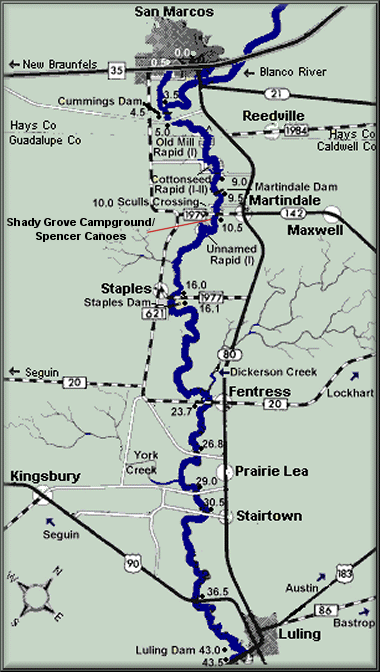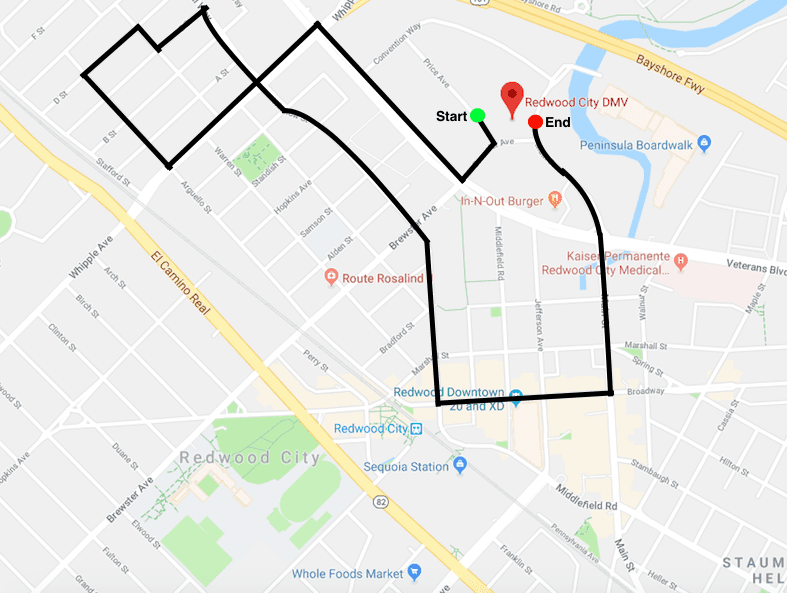


If you have any questions, ask the examiner before your drive test begins. Only the examiner, or other DMV authorized personnel, are permitted in the vehicle during your drive test. Anticipate another driver’s errors.įor your safety, ask the examiner to show you their DMV identification (ID) badge before the test begins.

Remember to turn on your headlights if you need to use your windshield wipers in poor weather conditions. If needed, reduce your speed for weather, road, and other traffic conditions. If your view is blocked at a crosswalk, move forward carefully and look both ways before entering the intersection. Start braking well ahead of where you must stop to avoid sudden movement. They will note other areas in which you may need improvement. During your drive test, the examiner will note how you obey the rules of the road and traffic signs and/or signals. The DMV examiner is there to ensure you demonstrate that you can handle your vehicle in regular traffic situations, not to trick you. When you practice, try to correct any driving errors you made before. Ask questions about driving situations that confused you. Ask your accompanying driver to calmly point out your mistakes. When you practice, pretend you are taking a drive test.

Minors (under 18 years old) must complete 50 hours of behind-the-wheel training (10 hours must be night driving) before taking a drive test. Get enough practice. Some drivers need more practice than others.


 0 kommentar(er)
0 kommentar(er)
